After a year and a half-hiatus, the wait is over. RuriDragon is finally back, and I couldn’t be happier.
In the world of anime and manga, a year and a half can seem like an eternity. Just by taking a look at titles that were popular in July of 2022, we had Call of the Night, Lycoris Recoil, and the second cour of Summertime Rendering. Nowadays, people don’t really talk about those titles as they’ve moved on to whatever the latest series to catch the public’s eye is. But it says a lot that even after all that time, people are still clamoring for RuriDragon. Yet most people probably haven’t heard about this series in the slightest and are wondering what all of the fuss is about.
And on the surface, that’s understandable. RuriDragon debuted in June 2022 in Shonen Jump and released only six chapters before it went on an extended hiatus. There weren’t any major action scenes or setpieces in those six chapters to grip the typical teenage audience that read Shonen Jump, and outside of the main character, not much of a supporting cast has been established. Yet despite all of that, RuriDragon gives off a comfortable air of familiarity that makes it a fun and easy read. So, with the series officially back, now’s the perfect time to jump into this short yet wholesome little slice of life and join the Ruri hype train.
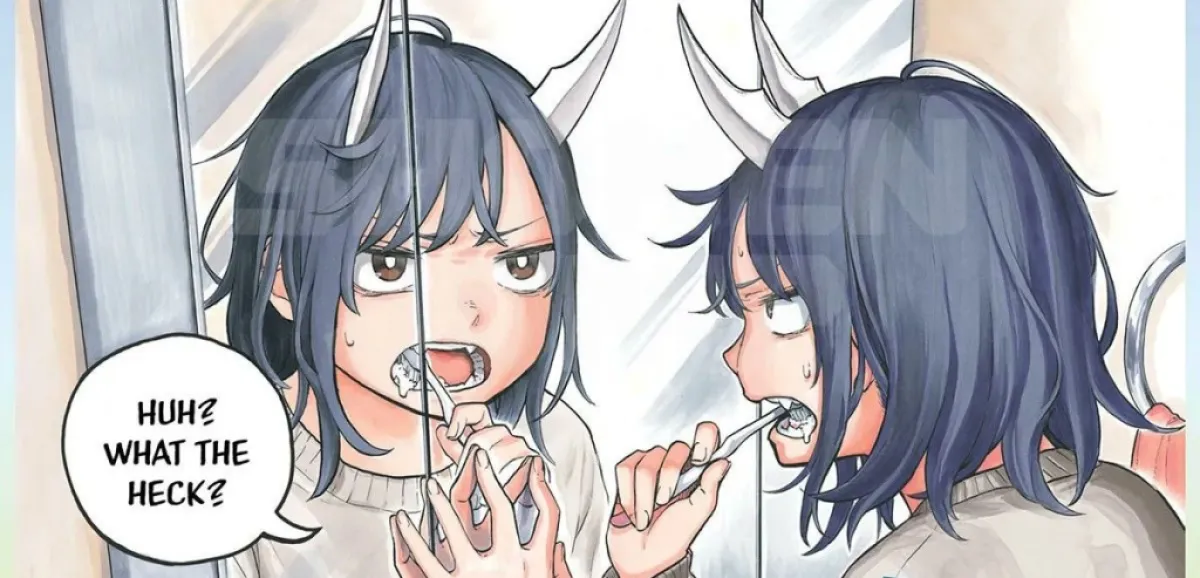
The series revolves around Ruri, a teenager who wakes up one day to discover that she has grown dragon horns. Because this is clearly not normal, she asks her mom about this, who offhandedly says that her father is a dragon and that she’ll probably be developing more dragon abilities shortly. Over the course of the next six chapters, we see some of those powers begin to manifest, like breathing fire and generating static electricity. While this may be the cause of shock and alarm to anyone with a brain in any other manga, RuriDragon plays this pretty straight and without many over-the-top antics.
That alone is probably one of the biggest differences between RuriDragon and most other comedies of its type. Comedies tend to sell the humor of a joke by seeing how other people react to it. If we see a person reacting in an outlandish way to what’s happening around them, that can lead to the audience laughing at the absurdity of the situation. But most of Ruri’s classmates don’t really seem to be too unnerved by her sudden transformation. They’re curious about it, asking to touch her horns and question what she knows about dragons, but they show a surprising lack of concern about this recent development. They see her powers, and instead of being afraid of them, they take it as just another part of life. In the first chapter, Ruri unintentionally breathes fire and singes the hair of the boy who sits in front of her, but instead of this leading to some dramatic arc where he’s afraid of her and she has to take responsibility for her action, the next time he sees her, he just shrugs it off and says that he was overdue for a haircut. It doesn’t even last two pages, and then we’re back to Ruri just living her life.
Related: Is Avatar: The Last Airbender an Anime?
A lot of the humor is framed this way. It’s very deadpan, with none of the cast really drawing a lot of attention to themselves. In fact, Ruri is the one who typically has the largest reactions to what she does, but even then, it’s never farcical. She mostly just observes everyone else’s reaction to her new powers and comments on it, whether it be through snarky wit or admitting she doesn’t know much about it herself. But her new physical transformation doesn’t define who she is. She’s still a typical teenage girl. She still studies for tests, talks to random people in her class, makes plans after school, and spends time with her mom playing Mario Kart Wii. In that regard, a lot of RuriDragon feels like a situational comedy with a dry sense of humor, which is a notable shift from manga comedies like Kaguya-Sama: Love Is War and Me & Roboco that relish every chance they have to be farcical and larger than life.
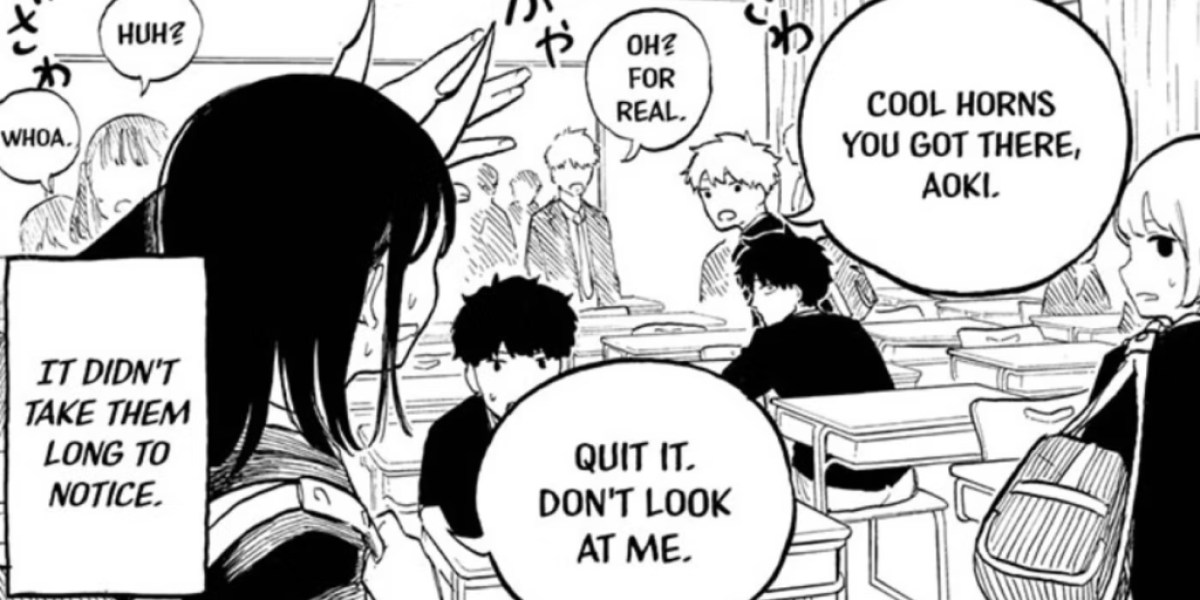
This does lead to the manga feeling a bit slow at times, which is saying something, given that the series had only six chapters before it went on hiatus. I won’t say that it was hard reading the series, but it wasn’t easy to read it all in one sitting. There will be multiple stretches where most of the jokes stem from the dialogue, but when the cast outside of Ruri doesn’t feel developed and comes across as perfunctory, the jokes aren’t as strong as they could be. It can be a bit dull at times because of this, but then the chapter will get back into good comedic hijinx, usually involving Ruri and her mom. The best relationship in the series is between those two, if only because her mom has her own defined personality. She’s a bit of an airhead but loves her daughter and does what she can to help her understand her new powers, even if she doesn’t understand them herself. They banter, but there’s a sense of familiarity between the two of them that you would expect from a mother and daughter.
That’s all fine enough, but what really separates this manga from its contemporaries is its inclusivity. While the manga new outright draws Ruri’s physical changes to any major allegory, the fact that her friends and family are so accepting of her changes and are supportive of it are pretty remarkable. Ruri directly questions why people are so okay with her despite her becoming a dragon, to which her classmates say that she’s still Ruri. It doesn’t matter if she has horns, can breathe fire, or even if she grows wings, she’s still here. This isn’t phrased in any meaningful and emotional moment, mind you. They just kind of say it and then go back to asking if they can touch Ruri’s horns or if she can share her answer on a study guide, but the sentiment is there. Virtually all of her classmates are understanding of what Ruri is going through and treat it as no big deal, much in the same way someone coming out to a friend can be treated as just an everyday revelation.
It’s a surprisingly forward-thinking and progressive way for RuriDragon to present its themes. In fact, most other Shonen Jump titles don’t really bother to approach themes and topics the way that RuriDragon does, but that goes to show what happens when you have a younger author like Masaoki Shindo helming the series. It makes it easy for me relatable and everyday themes to crop up. And now, the series is finally back. Shonen Jump and Viz have committed to weekly chapters of RuriDragon throughout March before the series shifts to a biweekly schedule, but that may be for the best. Fans have been eagerly awaiting anything beyond the six chapters already released, and once they’ve had their fill, the book can publish new chapters at a relaxed pace that will allow readers to take their time with it instead of bingeing as much of it as possible. If you’re at all interested in what is sure to be the next biggest hit from Shonen Jump, then I highly recommend taking an hour of your time and reading RuriDragon. Afterward, you’ll be hooked, just like I was.

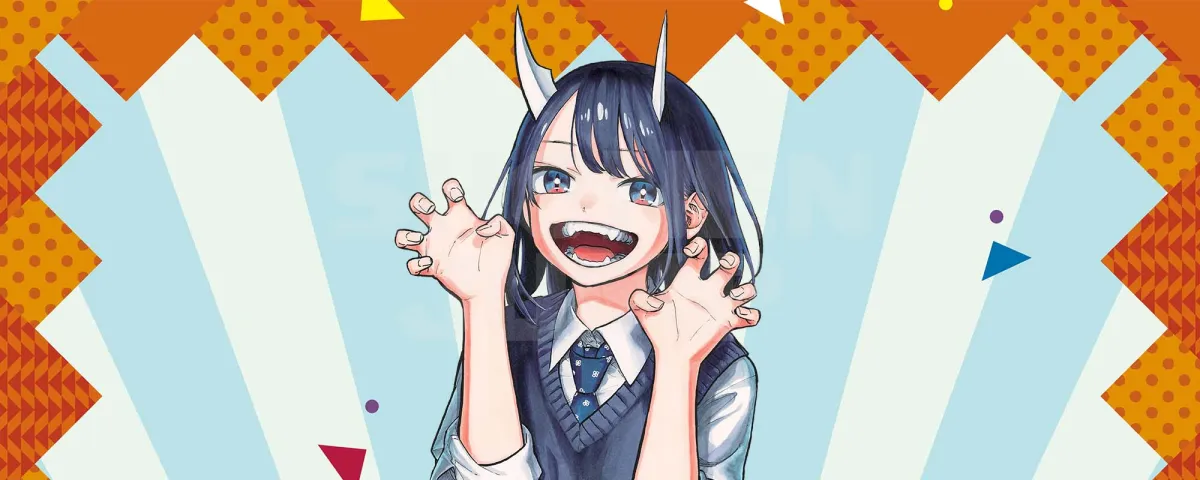

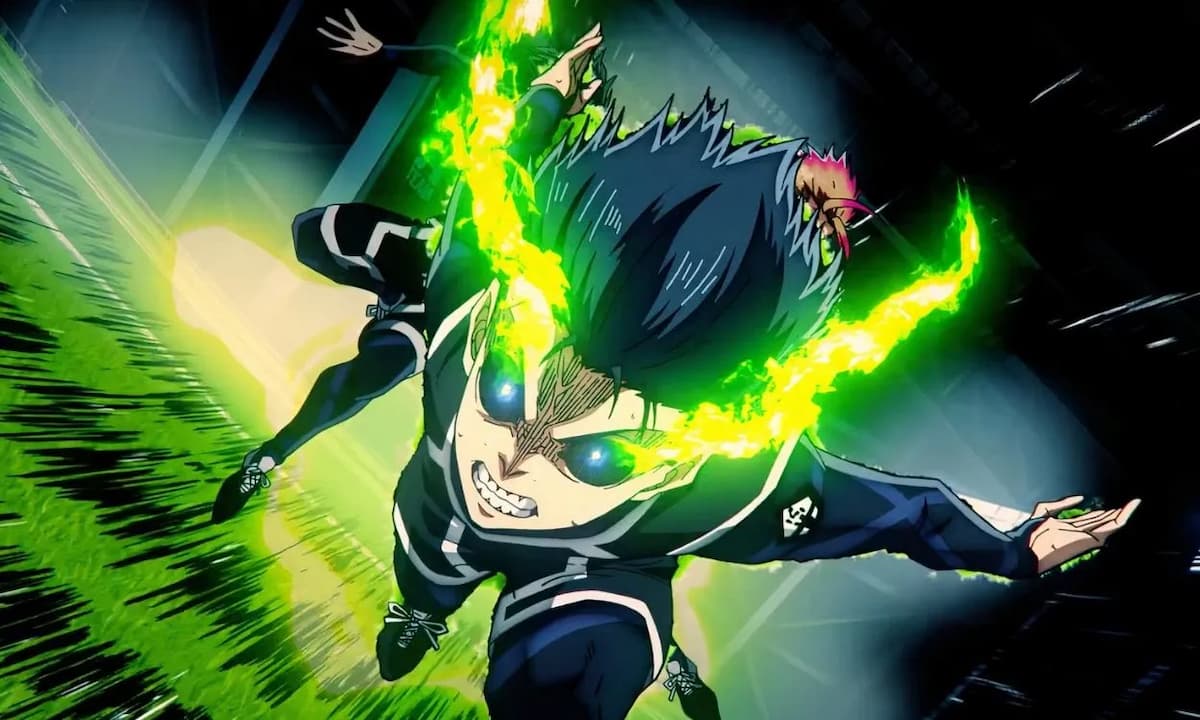
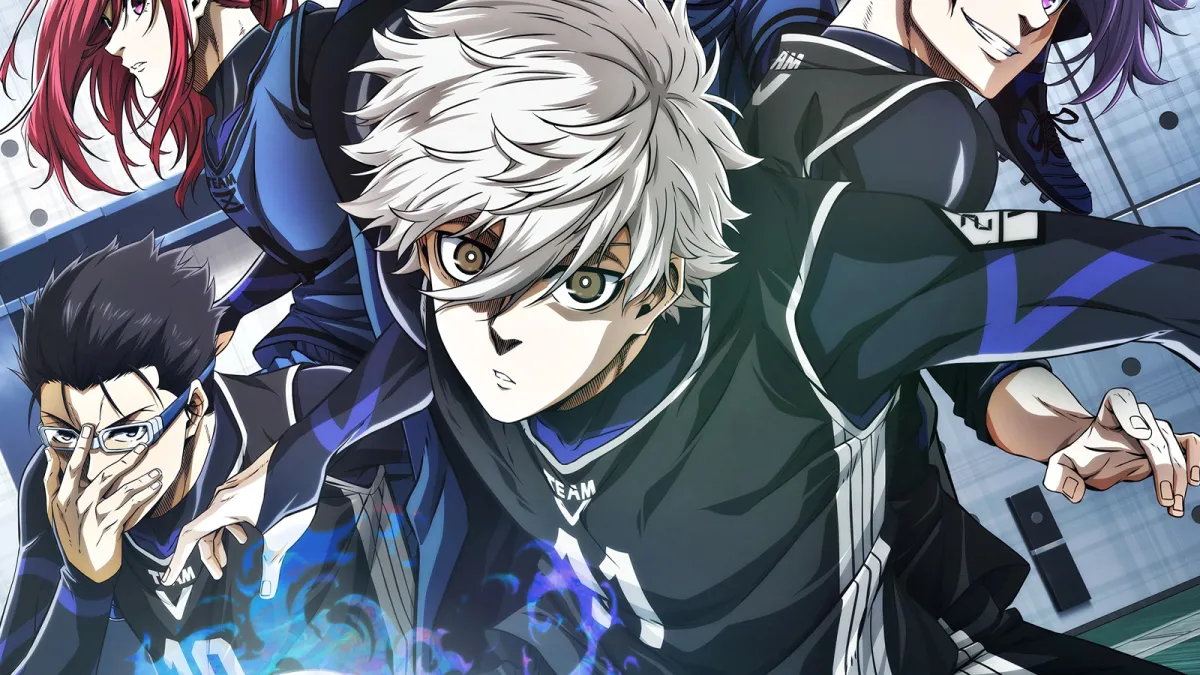
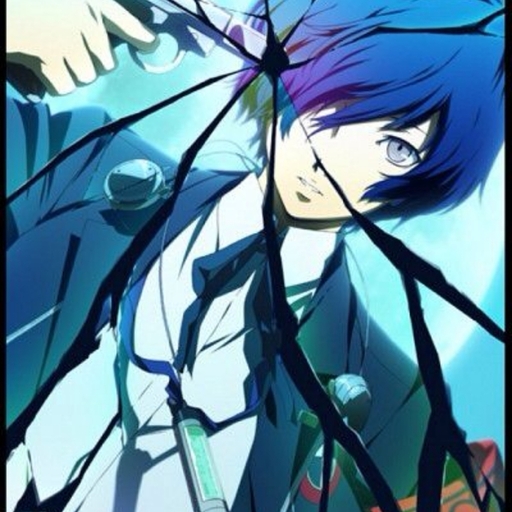
Published: Mar 9, 2024 05:00 pm